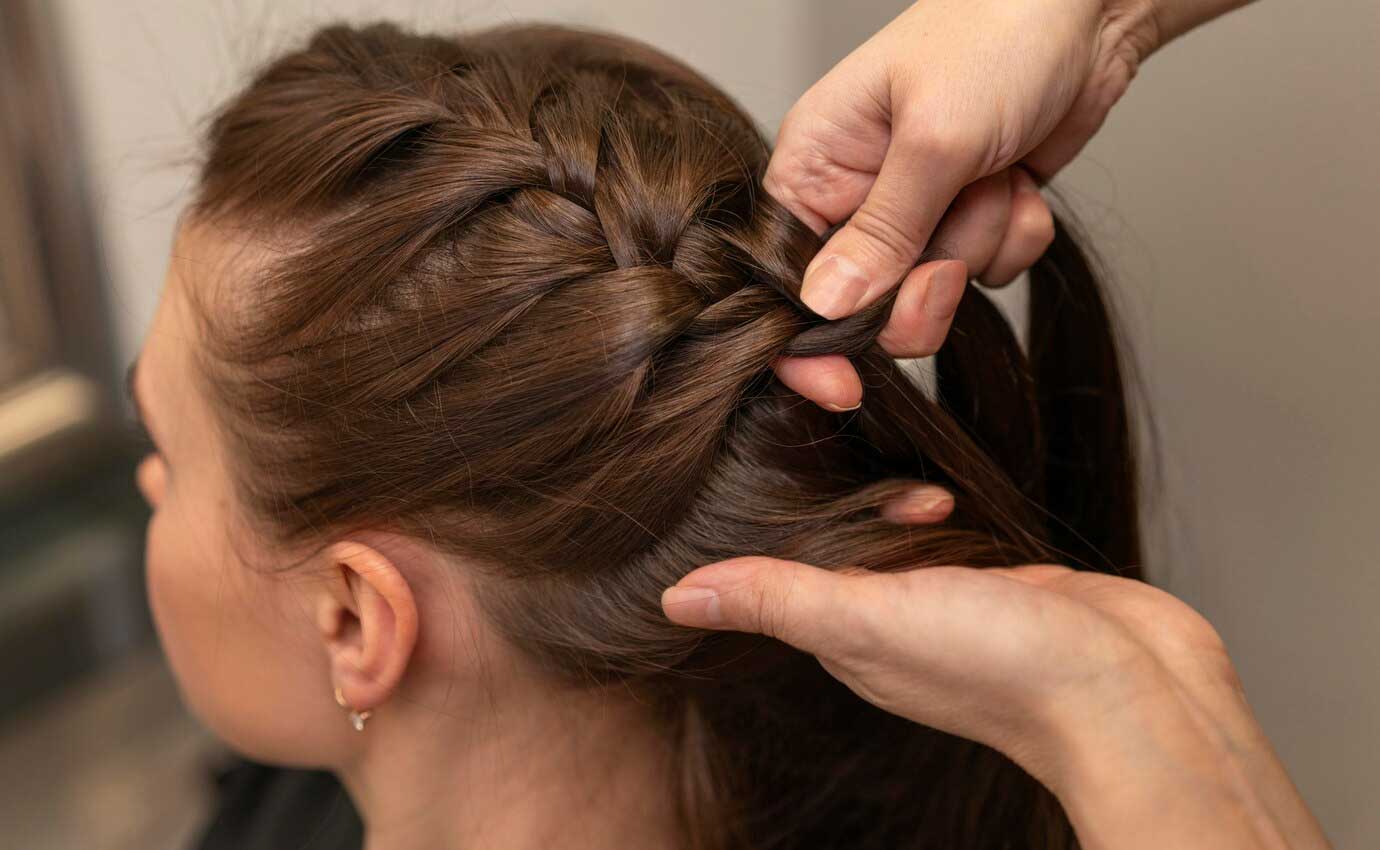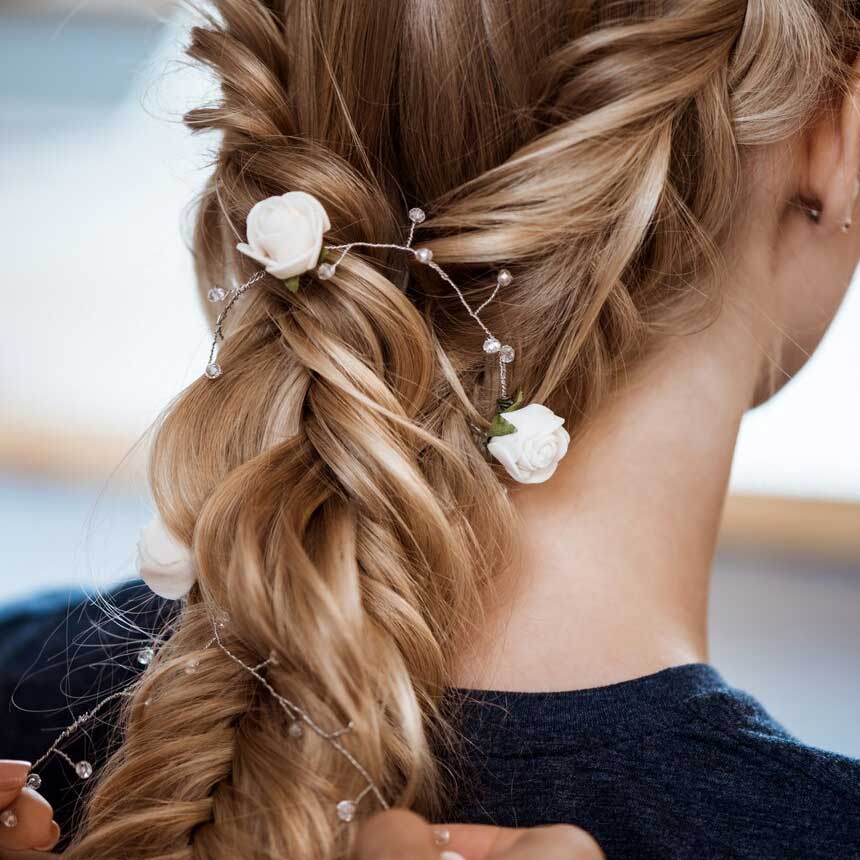
Your Ultimate Guide to Choosing the Best Hair for Braiding
Braided hairstyles have a rich history, serving as a versatile and timeless way to showcase beauty, creativity, and cultural heritage. Whether you’re opting for intricate cornrows, voluminous box braids, or elegant Senegalese twists, choosing the right hair for braiding is the cornerstone of achieving your desired look. This guide dives deep into everything you need to know about selecting, preparing, and maintaining hair for braiding to ensure a flawless result.
From natural hair options to synthetic alternatives, the choices may seem overwhelming. However, understanding the features, benefits, and styles each type of hair supports can simplify the process. Keep reading to discover how to elevate your braiding experience with expert tips, product recommendations, and maintenance advice.
What Are the Best Types of Hair for Braiding?
Synthetic Hair for Braiding
Synthetic hair remains one of the most popular choices for braiding due to its affordability and versatility. There are several types of synthetic hair, each catering to different styles and preferences:
- Kanekalon Hair: Kanekalon is praised for its soft, natural feel. Its lightweight properties make it an excellent choice for box braids, twists, and even crochet styles. This hair is heat-resistant, making it ideal for achieving sleek or curled ends.
- Toyokalon Hair: Known for its silky texture and shiny finish, Toyokalon mimics natural hair while offering durability. It works well for softer braiding styles like goddess braids or wavy finishes.
Human Hair for Braiding
Human hair is a premium option for those looking for natural results. While more expensive, it offers unparalleled benefits:
- The ability to style with heat tools, such as curling irons or straighteners.
- Long-lasting durability, making it suitable for styles you want to maintain for extended periods.
- A lightweight and realistic appearance.
Blended Hair Options
Blended hair combines the affordability of synthetic hair with the natural look of human hair. This hybrid solution is ideal for individuals seeking cost-effective options that don’t compromise on style or versatility.
Factors to Consider When Choosing Hair for Braiding
Your Desired Braiding Style
Every braiding style requires specific types of hair for optimal results:
- Box Braids: Kanekalon synthetic hair is lightweight, durable, and perfect for creating neat, long-lasting braids.
- Cornrows: Human hair is often used for cornrows, as it provides a sleek, natural finish.
- Senegalese Twists: This elegant style works best with soft, synthetic hair like Toyokalon.
Comfort and Weight
If you’re planning to wear braids for an extended period, comfort is critical. Lightweight options like Kanekalon prevent strain on the scalp and ensure a comfortable experience.
Longevity and Maintenance
Some hair types last longer than others. Human hair typically offers the best longevity, while synthetic hair requires replacement sooner. Evaluate how much time you’re willing to invest in maintenance before selecting your braiding hair.
Preparing Your Hair for Braiding
The foundation of a stunning braided style lies in the preparation of your natural hair. Taking the time to prepare your hair properly ensures not only the longevity of the style but also the health of your scalp and strands.
Cleanse and Hydrate
- Start with a clarifying shampoo to remove product buildup, followed by a moisturizing conditioner to hydrate your hair.
- Deep condition your hair to strengthen it and minimize breakage during braiding.
Detangle Thoroughly
Using a wide-tooth comb, detangle your hair to reduce knots and ensure a smooth braiding process.
Moisturize and Seal
Apply a leave-in conditioner or hair oil to lock in moisture. Pay special attention to your scalp, as it will be under tension during the braiding process.
Trim Split Ends
Trimming your hair before braiding prevents tangling and ensures a polished look when you take your braids down.
Maintaining Braided Styles
Once your braids are installed, keeping them clean and well-maintained is essential for preserving their beauty and your hair’s health.
Cleaning Braids Without Disrupting the Style
Use a diluted shampoo or scalp cleanser to gently clean your scalp without unraveling the braids. Focus on the roots and rinse with care.
Hydrating Your Scalp
A dry scalp can lead to itching and discomfort. Use a spray moisturizer or natural oils like tea tree or coconut oil to keep your scalp hydrated.
Protecting Braids While Sleeping
Wrap your hair in a satin or silk scarf or use a silk pillowcase to prevent frizz and extend the life of your braids.
Popular Braiding Styles to Consider
Braided hairstyles offer endless possibilities for creativity and self-expression. Here are some of the most popular styles:
Box Braids
Box braids are versatile and can be styled in various lengths and thicknesses. They are perfect for those looking for a low-maintenance yet striking hairstyle.
Cornrows
Cornrows are a classic style that can be customized with intricate patterns or kept simple for a clean, professional look.
Crochet Braids
Crochet braids offer a quick and easy way to install pre-braided or pre-twisted hair extensions. They’re ideal for individuals seeking a protective style with minimal effort.
Faux Locs
Faux locs mimic the look of traditional dreadlocks but are temporary and customizable in length and color.
Benefits of Braiding Hair
Promotes Hair Growth
By reducing daily manipulation, braids protect your natural hair, allowing it to grow healthier and longer.
Versatile and Creative
Braids can be styled in countless ways, from casual looks to intricate designs for special occasions.
Low Maintenance
Once installed, braids require minimal upkeep, making them perfect for busy individuals.
Cultural Significance
Braids often hold cultural meaning, serving as a way to honor heritage and express individuality.
Common Mistakes to Avoid When Braiding
Over-Tightening Braids
Braids that are too tight can cause scalp pain, tension headaches, and even hair loss along the hairline.
Neglecting Scalp Care
Failing to clean and moisturize your scalp can lead to dandruff, itching, or more severe conditions.
Using the Wrong Hair Type
Choosing unsuitable hair can result in an unnatural look or discomfort during wear.


Frequently Asked Questions (FAQs)
How do I choose the best hair for braiding?
Consider your desired style, comfort, and maintenance preferences. Kanekalon hair is ideal for lightweight braids, while human hair offers a more natural finish.
Can I wash my braids?
Yes! Use a diluted shampoo to cleanse your scalp without disrupting the braids. Moisturize your scalp after washing to prevent dryness.
How long can I keep braids in?
Most braids can last 6–8 weeks with proper care, though this depends on the type of hair and style.
What is the best way to prevent frizz in braids?
Protect your braids with a satin or silk scarf at night, and avoid over-washing. Use anti-frizz sprays or oils to maintain their neatness.
Conclusion
Choosing the right hair for braiding can make or break your hairstyle. Whether you’re aiming for a bold and trendy look or a subtle and elegant finish, understanding the nuances of different hair types and styles ensures the best results. By preparing your natural hair properly, maintaining your braids, and selecting styles that suit your personality, you can enjoy the beauty and functionality of braided hairstyles.
